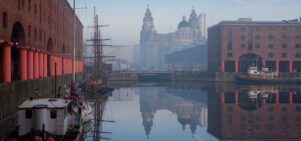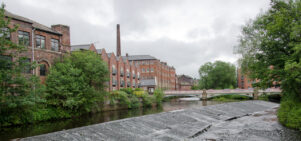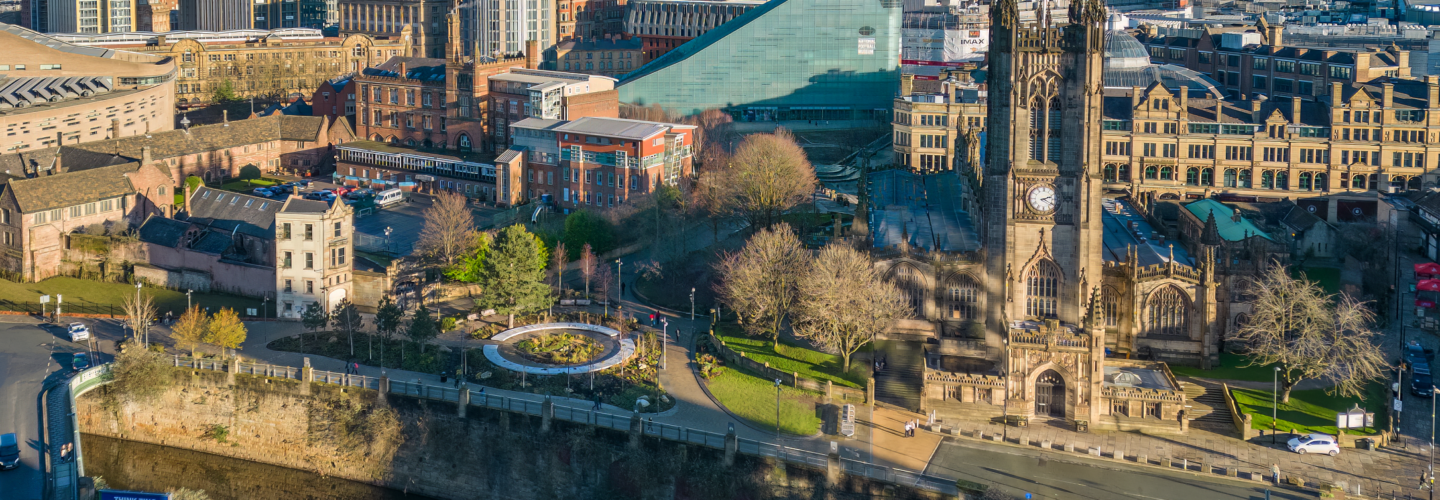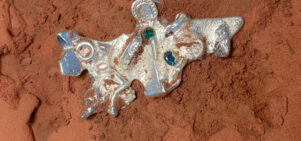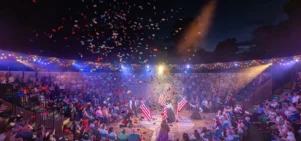"Love is a Devil": Vampire classics courtesy of the BFI
Adam ScovellManchester’s Grimmfest teams up with the BFI to present two vampire classics, made 70 years apart.
The myth of the vampire has gone through a seismic shift since its first appearance in Eastern European folklore. From a dark tale based on genuine concern about blood sucking fiends to its Gothic fictionalisation in 19th-century poetry and prose, the spectre of the vampire has been represented in hundreds of different forms. It’s not difficult to see why: vampires are a byword for fear and panic of the moral variety. This explains both the creature’s repeated appearance in the arts – and the BFI’s decision to team up with Grimmfest this month and make vampires the focus of its horror-themed film screening, “Love is a Devil” at the Dancehouse.
One of a series of horror-orientated showings (ghost films are the focus of “Haunted”, which follows in December, with monsters showcased at the final event in January), Love is a Devil is introduced by MMU lecturer and vampire expert, Sorcha Ni Fhlainn. The event screens F. W. Murnau’s Nosferatu (1922) alongside Bram Stoker’s Dracula (1992), directed by Francis Ford Coppola – and what’s particularly interesting here is how much the vampire can be seen to have developed in the 70 years between both films.
Nosferatu sets the bar for popular culture’s favourite bloodsucker
A forerunner of the horror genre, Nosferatu brings to life a Gothic creation with such creative and chilling success that its ideas could said to inform both the vampire and the horror film for the next forty years. That the film captures the Gothic so faithfully appears to have been an equal product of skill and luck. Murnau’s creative decisions were heavily influenced by the desire to avoid paying any rights to Stoker’s estate: this stinginess allowed his natural innovation to shine through. As a result, Dracula was transformed into Max Schrek’s Count Orlok: a pointed, unnerving creature rather than the suave, sophisticated dinner party guest he would later become.
Seven decades later, American director, Francis Ford Coppola put his own spin on Stoker’s novel, adding excess to the character’s Gothic precedence. The cast in Bram Stoker’s Dracula is extremely strong but Coppola takes a distanced approach to the narrative and is seemingly more interested in expensive spectacle rather than overall cohesiveness. The film’s lavish elements are influenced by the classic Horror of Dracula (Hammer Film’s first Dracula film, made in 1958), but Coppola’s version lacks its sense of English charm. Besides, no Van Helsing/Dracula combination will ever reach the quality of Peter Cushing and Christopher Lee.
While Bram Stoker’s Dracula hints at a gradual leaning towards a younger market for the vampire – further cemented by the likes of The Lost Boys (1987), Interview with a Vampire (1994) and, eventually, Twilight (2008) – Murnau’s Nosferatu sets the bar for the truly Gothic definition of popular culture’s favourite bloodsucker. It is a bar, however, that has seldom been reached since. “Love is a Devil”, then, is the ideal opportunity to compare these two classics – though you might scare yourself witless in the attempt.

